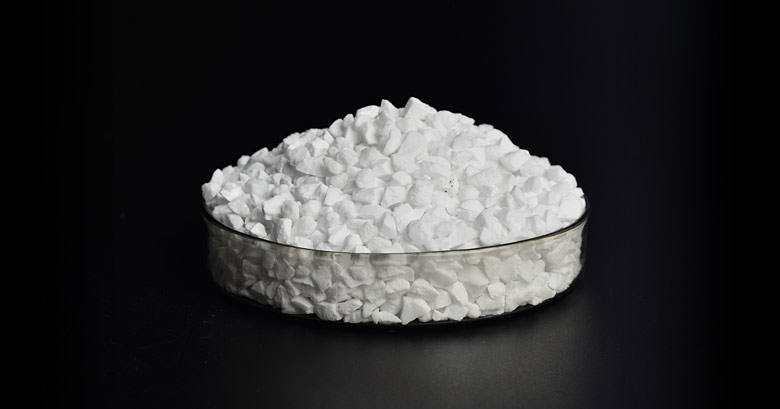
The report is a compilation of first-hand information, qualitative and quantitative assessment by industry analysts, inputs from industry experts and industry participants across the value chain. Possehl Erzkontor’s portfolio includes almost all synthetic and natural industrial raw materials with a focus on sectors such as metallurgical refractory and chemical industries. KT Refractories manufactures tabular alumina which has smooth, long lasting, thermal shock properties and good resistance to abrasive and mechanical actions found in high chemical purity and catalyst support systems. Its tabular alumina comprises of large 50 to 200 µm flaky elementary crystals, and thus, it is called sintered α-alumina. It is one of the prominent manufacturers of tabular alumina, globally.

Whereas, Bisley & Company offers products that range from fine chemicals for specialized applications to alloys and bulk metals delivered to major smelters and steel mills. The company offers AC99 tabular alumina available at ultra-low or low soda, de-dusted, and de-ironed packages. AluChem focuses on manufacturing high-quality alumina products. It is a leading supplier of alumina and alumina-based products for the ceramics market, globally. Some of the leading manufacturers and suppliers of colloidal alumina includeĪlmatis is a supplier and manufacturer of alumina and alumina-based products. Who are the Key Manufacturers and Suppliers of Colloidal Alumina? The country has been quick to open up its industry after the pandemic was brought under control in the later part of 2020 and since begun to stimulate the economy back to pre-pandemic levels. The growing need of the this product from the large scale aluminium smelters leads to significant growth for the market. However the economies are now opening up at a steady pace and market recovery can be expected to start from the second quarter of 2021.Īn increase in the demand for the product is forecasted for China as well, given it is the most prominent consumer of the product in the world. The resulting slump led to a prominent slowdown in the market for multiple quarters. The markets in both US and Europe felt significant impact owing to the COVID-19 pandemic, with large scale disruption to industrial activities. Colloidal alumina is a potential binding agent that can replace the traditional refractory castable binders and hence the population has resorted to valuing this commodity. The Alumina sales in the region are quite high and make up a high portion of the global market size. accounts for a substantial share of the overall market. North America and Europe Colloidal Alumina Market Outlook The former is used in manufacturing of ceramics, refractories, glass, etc. Alumina is available in two grades namely, chemical and metallurgical. Substantial end-user demand for high-specialty alumina in refractories and requirement of improved substrates used in various end-use industries continue to drive demand for colloidal alumina. Refractory Sector is projected to Drive Colloidal Alumina market Countries like Indonesia, Australia, China, Malaysia, and India are involved in the high volume production of bauxite, which would boost their production of alumina in the region.Īlso, the high-volume of steel production and consumption in countries such as Russia, India, China, U.S.A, and United Kingdom would further drive the demand for alumina at the primary refractory level, thus providing growth stimulus to the market. This can be correlated to the rising production of bauxite in the region, which serves as the primary raw material for alumina production.

The market is observing a trend of shifting of alumina production to the Asia-Pacific region. Metallurgy continues to be a lucrative avenue for colloidal alumina manufacturers. The rising industrialization and macroeconomic growth across Eastern Europe and APAC, has given a major boost to the construction industry, which in turn has resulted in surging demand for high quality products such as glass, specialty steel, etc. What is Driving Demand for Colloidal Alumina? Due to the novel applications of alumina, the market for this product is set to grow at a modest pace during the forecast period.

According to latest research by Future Market Insights, colloidal alumina market is set to witness stable growth, registering a CAGR of 2.2% for the period of 2021-2024.ĭemand for this product will be witnessing an increase across all major regional markets.


 0 kommentar(er)
0 kommentar(er)
